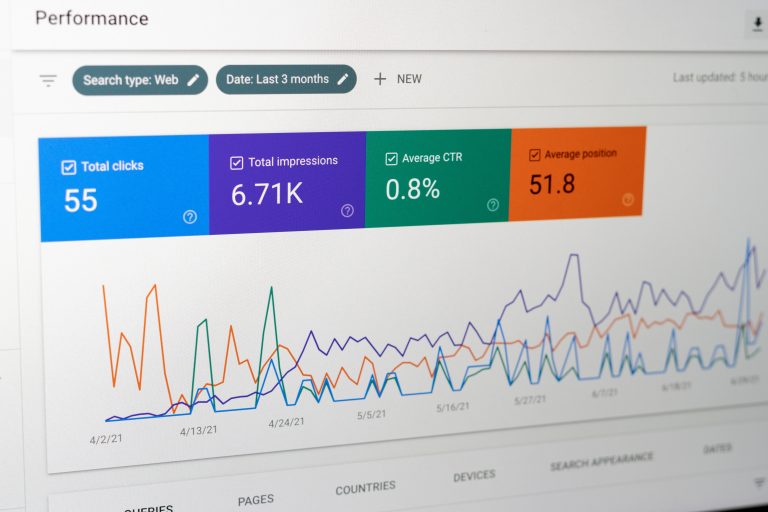SEO in Blogs: 5 Elements You Need to Optimize
Increasingly, blogs and social media are the primary ways to reach out to potential customers. They also help build a community around brands. So it’s no surprise that websites with blogs get 3.5 times more traffic than those without, according to Oberlo. When you consider that over half of the website traffic globally goes to sites with good SEO, it’s easy to see why this aspect of web content is so important.
However, as with many other things on the internet, great SEO in blogging doesn’t happen overnight. You need to post high-quality, high-volume work for the search engines to index. You also must optimize your posts to get and maximize search engine results.
But SEO in blogging involves more than just creating quality content. It involves focusing on the multiple areas that are scrutinized by search engines like Google. In other words, simply adding a few keywords to the body of your text will generally not be enough.
5 Key Elements for SEO In Blogging
If bloggers and site owners need to add SEO elements to multiple parts of each blog post, where should they focus? There’s some flexibility depending on your topic, the level of competition for your keywords, and other factors. However, these 5 elements are a good starting point in most cases.
1. Title
There’s no question that your title helps people decide if they want to read your article. This has been well-known by content creators for a long time, and it’s one reason why they spend so much time crafting that perfect headline or title.
To leverage the title as part of your SEO in blogs, don’t focus exclusively on the title being “catchy.” While a well-written headline helps convince people to read, it doesn’t necessarily help you reach the first page of Google. Luckily, title optimization is easy: simply make sure to include your primary keyword for the blog post, in addition to making the title interesting.
2. Meta Description
The meta description is the snippet of a web page that you’ll see below the title on a search engine result. It summarizes and describes the content that users will find in the web page. Sound SEO in blogs practice dictates that you add the primary keyword to your meta description. Fortunately, just like with titles, this is an easy technique to use because you’ll simply need to use the keyword in a complete sentence.
With that said, writing a meta description can take a lot of practice. That’s because you need to represent what your blog post is about in just a few characters, while incorporating your keyword in a natural manner. Once you get used to these short pieces of content, though, you’ll drive traffic to your site much better.
3. First Paragraph
No matter what kind of blog you run, the first paragraph is often what convinces people to keep reading your post. Just as the headline or H1 tag helps improve SEO in blogging while inviting people to read, the first paragraph shows readers that you mean business.
Optimizing for SEO in the first paragraph often means using the main keyword within the first sentence or two. At the same time, be sure to use the keyword in context while prioritizing the reader experience. Your first paragraph will make or break your dwell time.
What’s dwell time? It’s how long people spend on your web page before they return to the search engine results. Google and other search engines use this data as a measure of page quality and relevance to the keywords. This works well because people tend to quickly leave a page that they don’t consider worthwhile.
4. The Body of Your Post
Next, continue to add your keywords throughout the body of your post. In other words, depending on the length of your post and how many keywords you have, add your keywords in every paragraph or two.
5. URL
The URL, or web address, is another great place for SEO in blogging. Because every web address has a domain and a suffix or “slug,” it’s easy to create a custom URL. Ideally, you should use your primary keyword as the slug because it shows the search engines that this is the main topic of your blog post. Make sure you do it in a clear manner and avoid numbers or punctuation marks other than dashes.
Trust WriterArmy for SEO in Blogs
These best practices for SEO are the same whether you write your posts yourself or not, but you don’t have to go it alone. At WriterArmy, we understand that content creation isn’t necessarily your core business activity. Instead, it’s part of your client services or marketing efforts. Our team of strategists and writers can apply these and many other principles for SEO in blogging on your behalf, so you can focus on other aspects of your business.
Contact us today for a free consultation.








